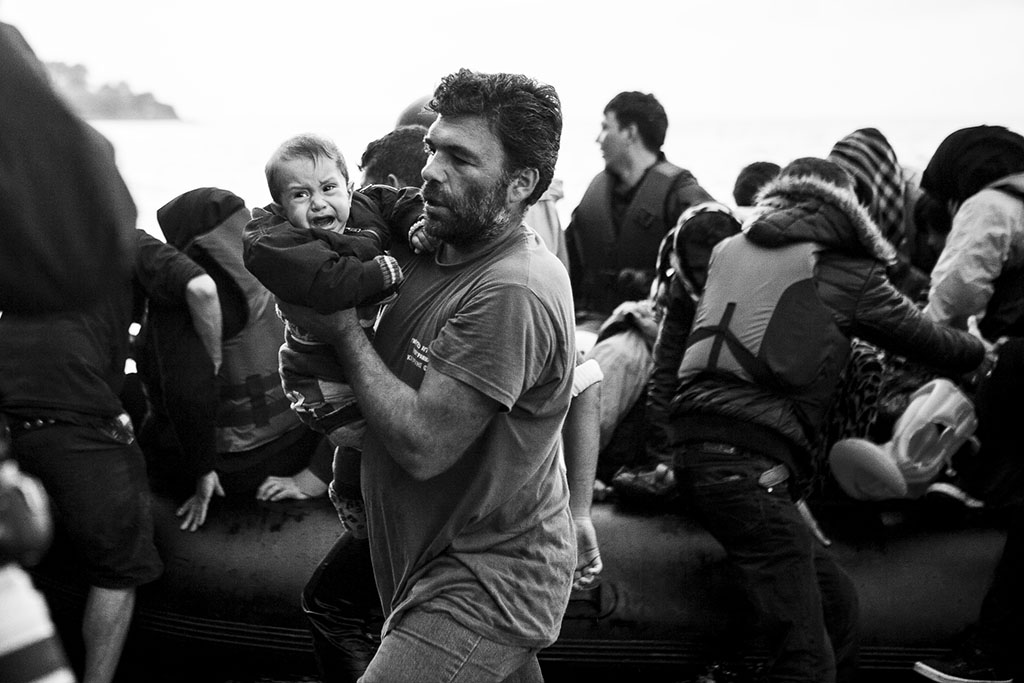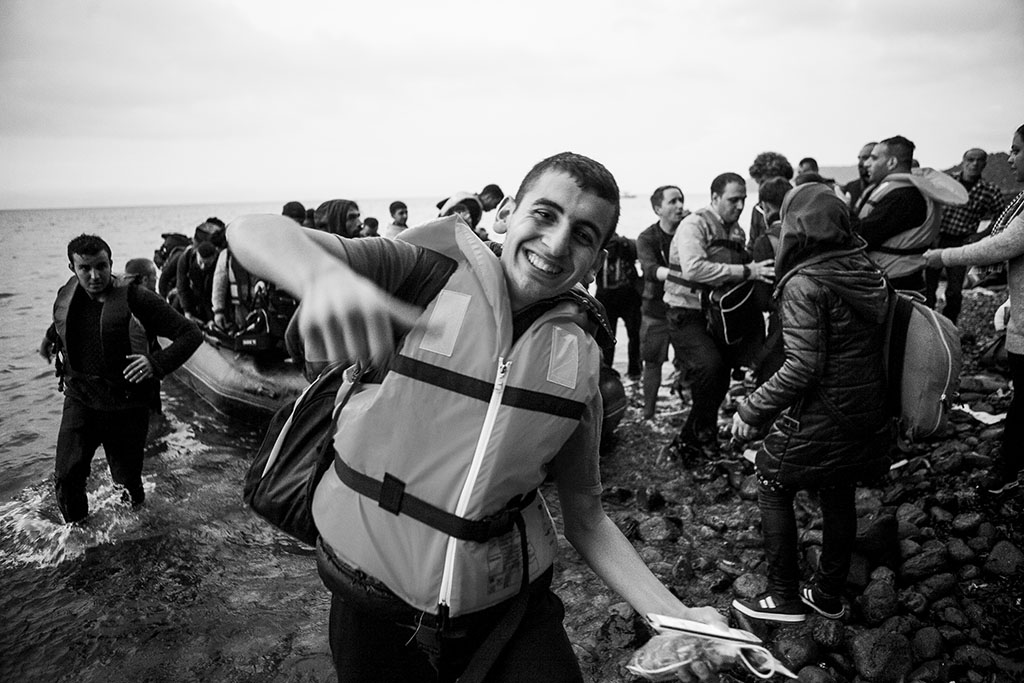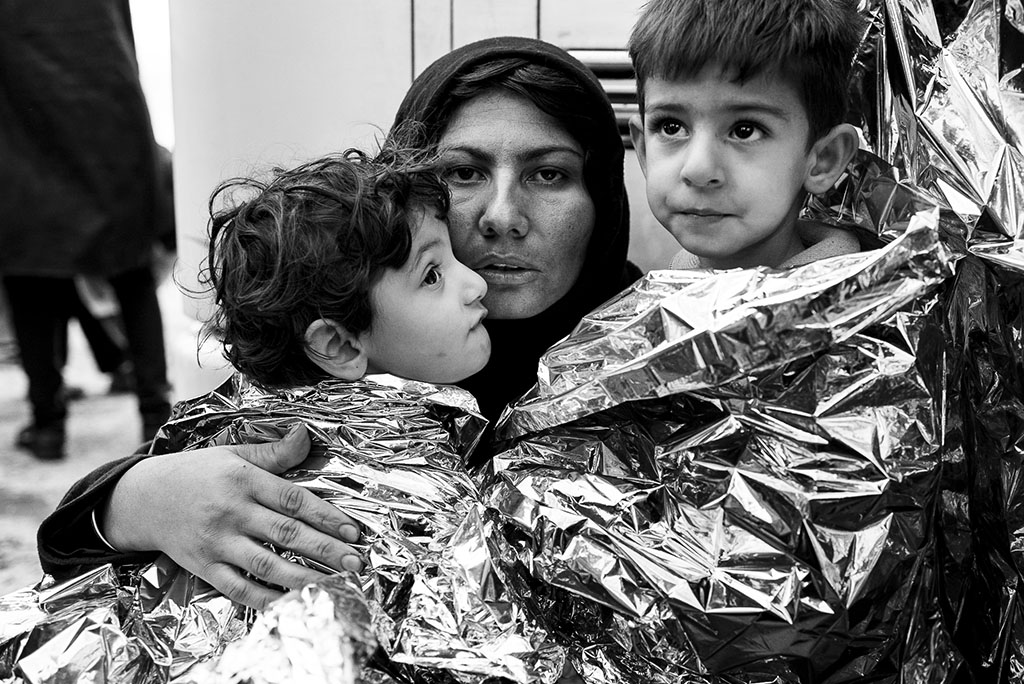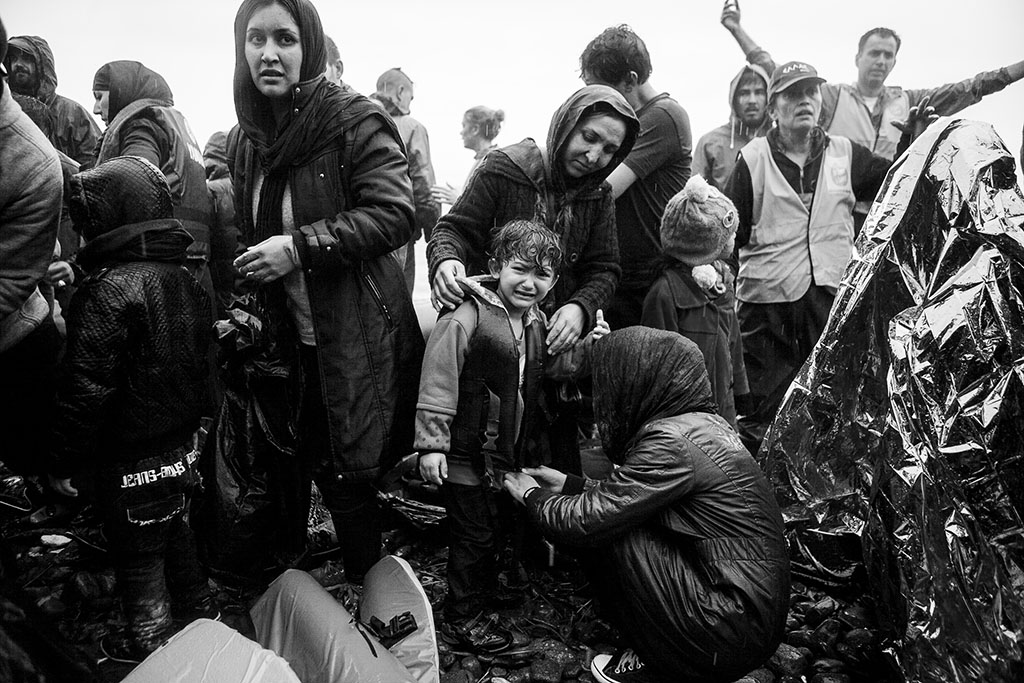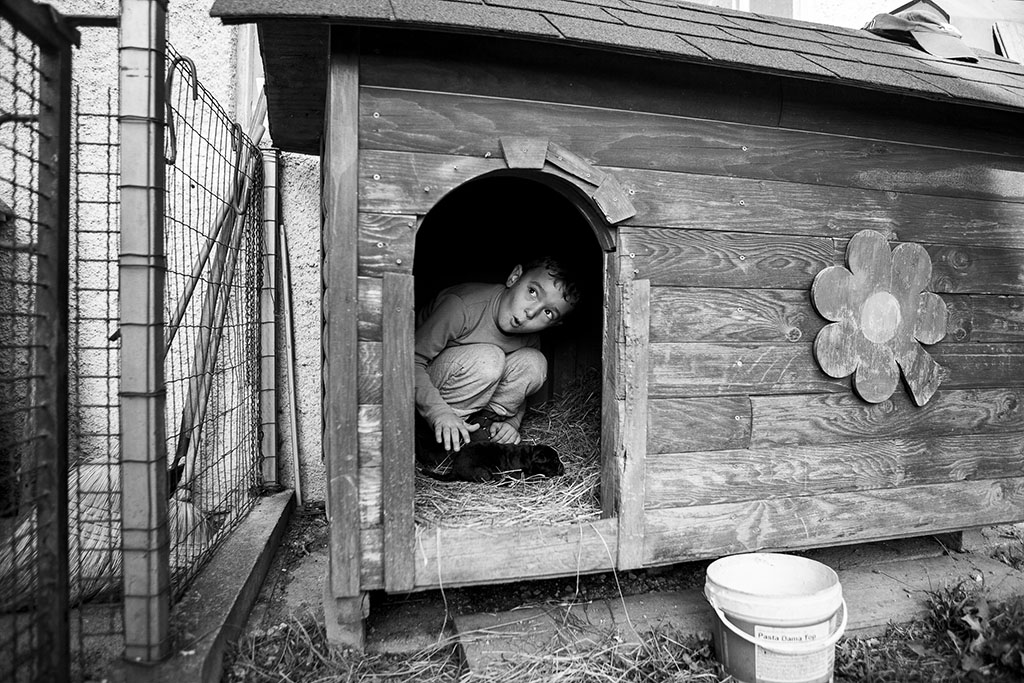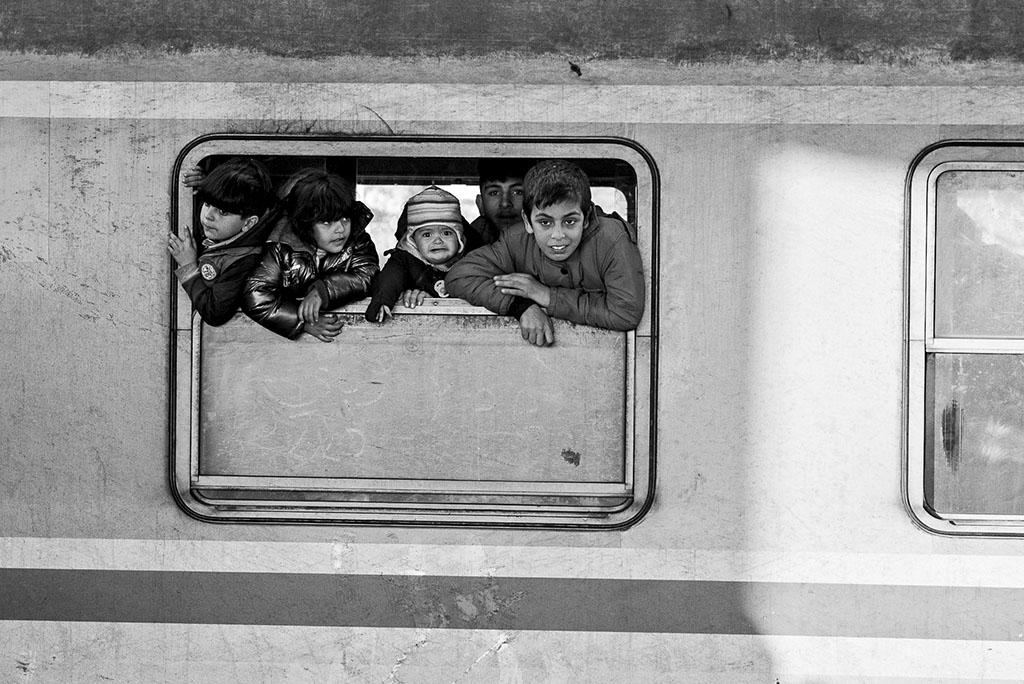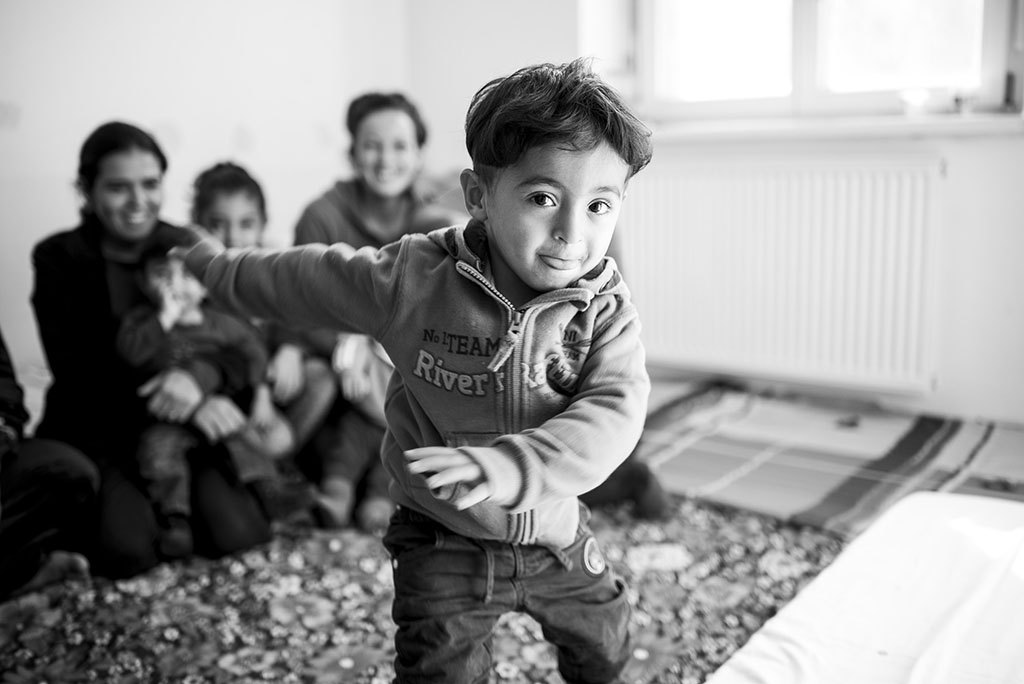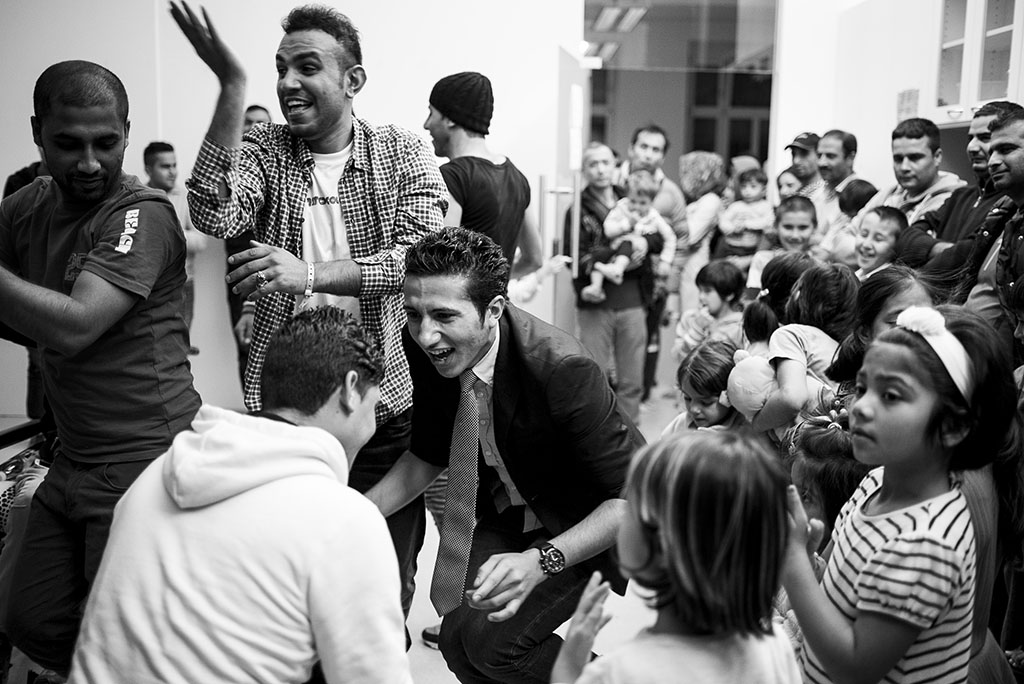Displaced: Stories from the Syrian Diaspora
Today marks the one year anniversary of the fall of the Assad regime in Syria. For many of the people documented in our book, the past year has been bittersweet. Swinging between the joy of a new order promising freedom and dignity, and grieving the loss of family, friends, and homes. Many contend with fear and uncertainty given the challenges of daily life and the future.
Today is also the ten-year anniversary of the months-long journey that Sara Kerens and I took across Europe to document the mass migration of Syrians who were fleeing the escalation of the war after Russia entered the conflict with its air power.
Since the initial sale and promotion of the book, we still have 400 copies of the book that remain unsold. Over the years, we've used all the revenue, save shipping costs, to raise money for Ukrainian refugees at the onset of the war, and to Lebanon, following the port explosion, raising $10,000 each time.
Unfortunately, sanctions imposed on the Assad regime since before the publication of the book have meant that it was impossible to provide aid to Syrians in Syria. That is beginning to change however, as Syria's financial system is re-establishing ties to the global financial system. Pending a full lifting of the sanctions by the US congress, expected early 2026, we will finally be able to wire money into the country.
Now, it's time to raise $10,000 to help rebuild Syria. The question remains however, which organization to donate to.
I grew up in Aleppo, and in April 2024, I visited Syria for the first time since 2010, in the waning days of the Assad regime. Like so many experiences tied to Syria, the trip was deeply bittersweet. I felt the joy of being home and seeing family. I also felt anger and frustration as I witnessed the corruption and the aggressive exploitation that had replaced any sense of real governance. The regime had become more of a Captagon drug enterprise than a functioning state.
The destruction in Aleppo was visible everywhere. My family’s factory for instance, built by my father and uncles from nothing into a thriving business, had collapsed into a heap of rubble. Weeds grew through the concrete, and a flock of goats wandered across the ruins.
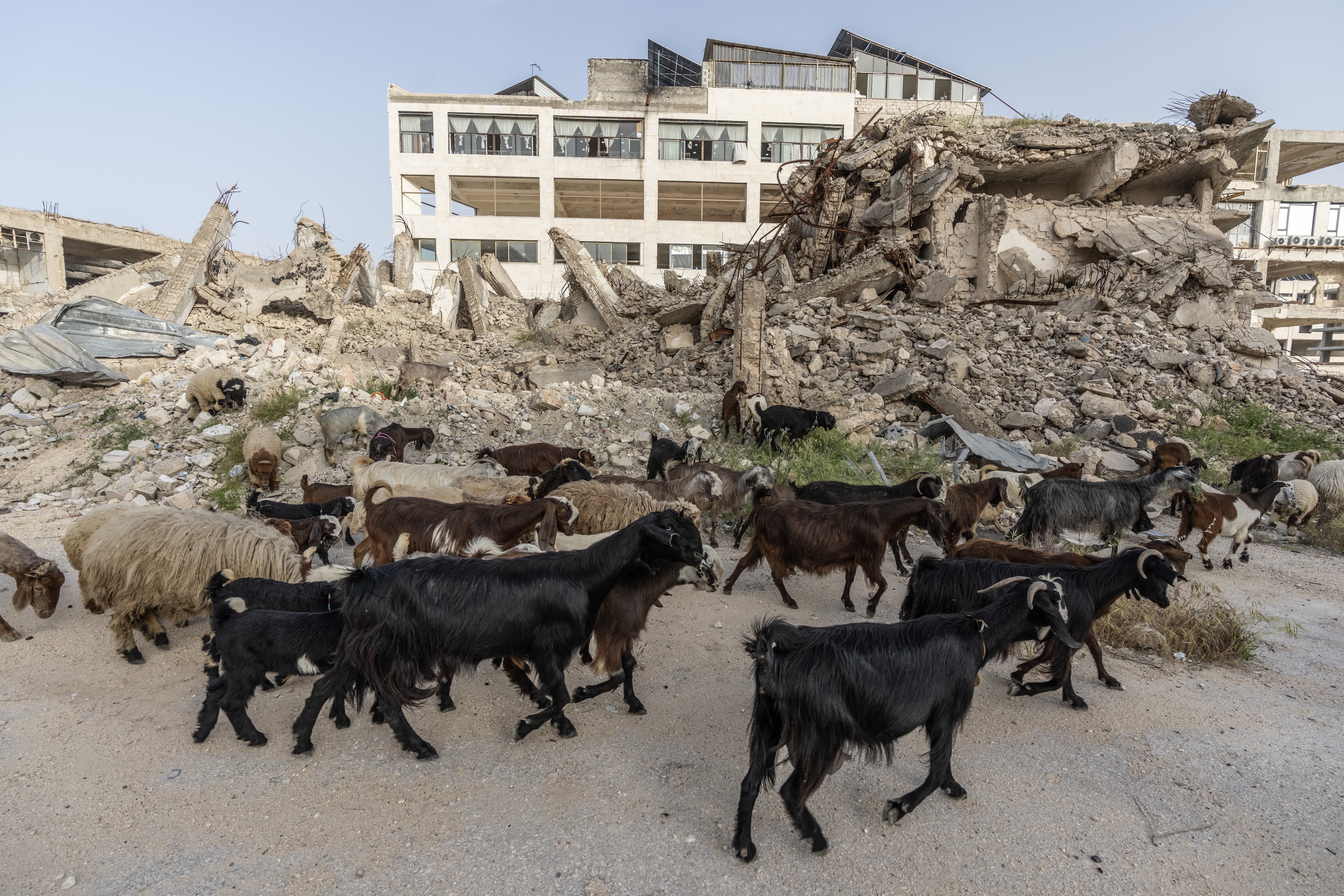
In recent years, government-approved community financing campaigns have been among the most effective reconstruction efforts. They have supported road repairs, restored electricity, rebuilt schools and hospitals and helped address urgent housing needs. Aleppo is preparing to launch its own campaign, and the funds raised from this effort will be directed to that initiative.
To reach our goal, we need to sell approximately 50 more copies of the book at 40 dollars each.
If you have not yet ordered one, please consider doing so today. Every copy sold contributes directly to rebuilding a city and a country that urgently need support.
A ten-week journey through the Syrian Refugee Crisis at its peak. Learn about the diaspora from a first-hand, eye-level Syrian perspective.
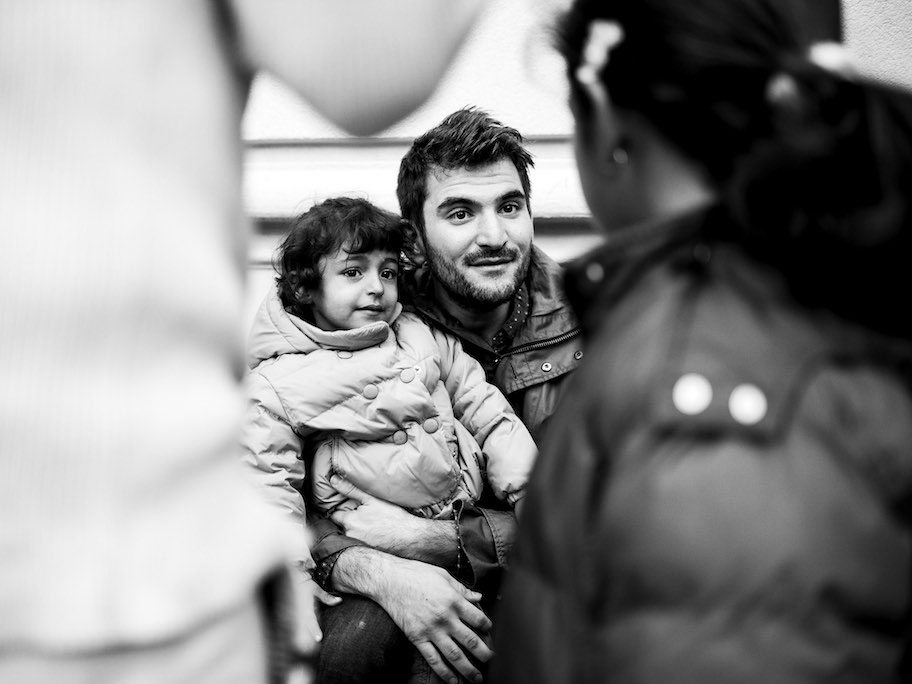
Majd Taby
Writer & Producer, Los Angeles
Majd Taby is a writer and software developer who studied computer science at the University of Michigan, where he first immigrated from Syria in 2003. After moving to Silicon Valley, he worked as an engineer and designer at Apple, Facebook, and Instagram. Most recently, Majd started Darkroom, a company to build tools for photographers. Over time, his passion for photography and storytelling has grown, and that passion is what drove the idea behind Displaced.
Despite leaving years before the start of the war, he has visited the country every year until the start of the war. What started as an idea for a small art project has blossomed into the project you are reading about today.

Sara Kerens
Photographer, New York City
Sara Kerens is a New York City–based photographer who has set out to capture the human experience. For the past ten years her focus has been on fashion, travel, commercial, and documentary work. As a visual storyteller, she has photographed iconic figures from Barack Obama, to Margaret Thatcher, to Chinese civil rights activist Cheng Guangcheng, and documented a broad range of experiences from Susan Sarandon and Alan Cumming on top of the Empire State Building to the hundreds of refugees across Turkey and Europe for the Displaced book. Sara has also photographed backstage at New York Fashion Week and London Fashion Week and has been featured in top publications worldwide. Her work seeks to bring understanding through the common humanity in us all.
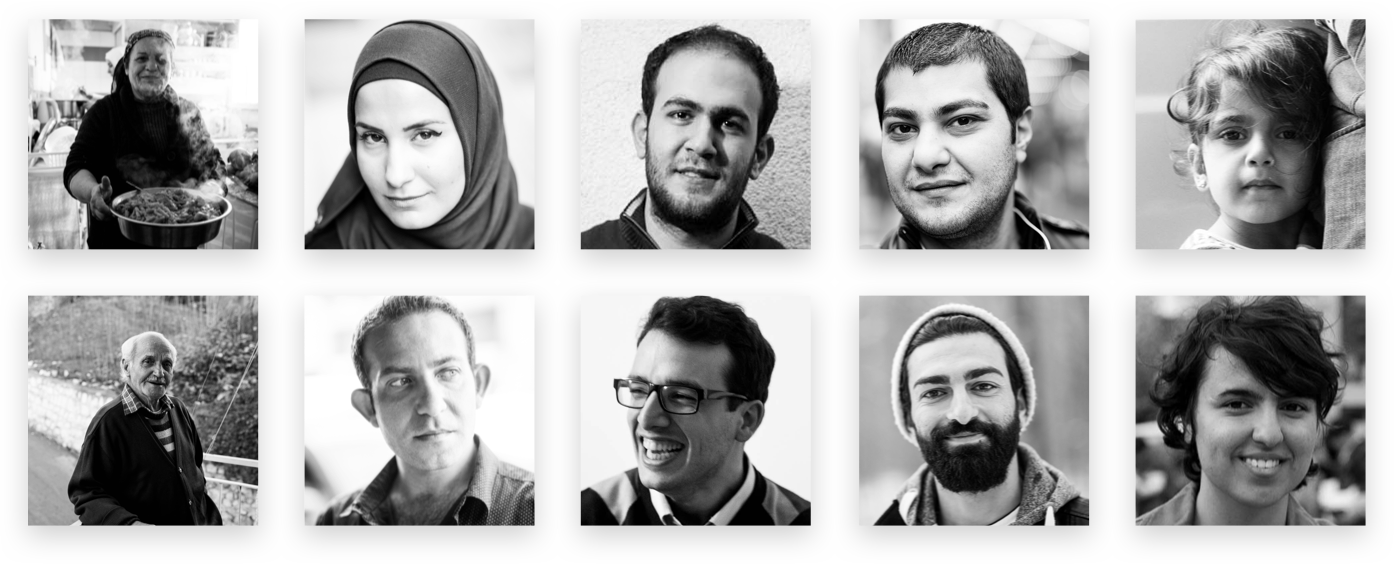
First hand accounts of the lives left behind, and the lives being built
By October 2015, thousands of refugees arriving in Turkey could find themselves on a boat to Greece just hours later. Syrians, Iraqis, and Afghans began viewing the trip as the only viable alternative to their dire situation. Smugglers became well known, and the trip was well documented. The journey became demystified, eroding the barrier of fear around it. By the end of 2015, more than one million refugees had sought asylum in Europe. Their stories are the subject of this book.
International media has documented the crisis through a macro lens. In contrast, Displaced shines a light on the individuals behind the crisis and their struggle to rebuild and move forward with their lives.
